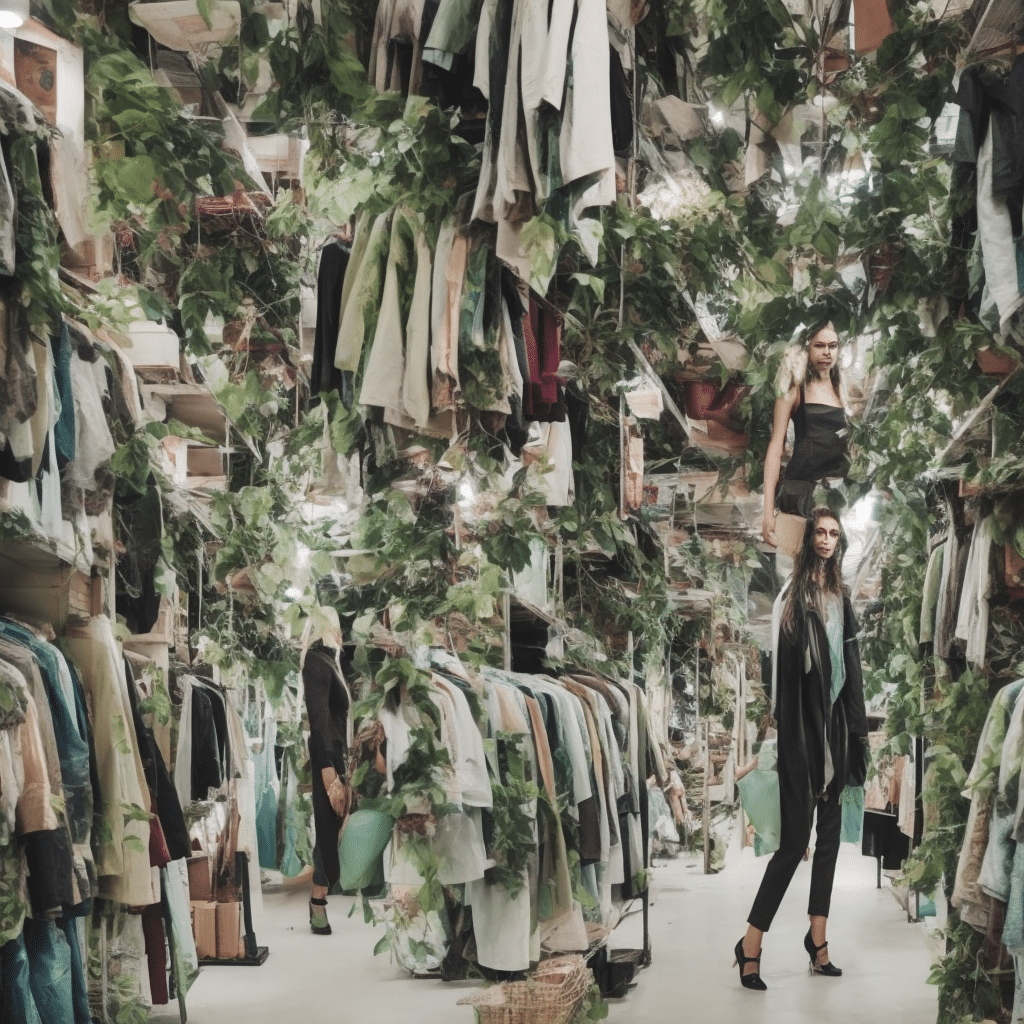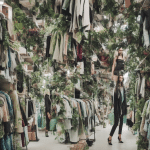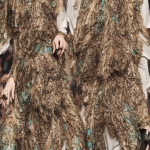Let’s face it, ladies. We love fashion. What we don’t love is the environmental waste that can come with it. In recent years, the fashion industry has been called out for its less-than-eco-friendly practices. Thankfully, the tide is turning. Sustainable fashion is the new darling of the catwalk, with more and more brands introducing eco-friendly, ethical products to their lines.
Sustainable fashion isn’t just a trend, it’s here to stay. We’re talking about clothing and accessories that are consciously designed, using materials and practices that reduce environmental waste and promote sustainability.
A voir aussi : What Are the Must-Have Accessories for Achieving a Boho-Chic Look This Season?
The Rise of Eco-Friendly Materials
In the past, sustainable fashion was often synonymous with dull, earthy tones and bland, rough materials. Today, sustainable materials have taken on an entirely new persona. Innovative, eco-friendly materials are now fashionable and highly sought-after by conscious consumers.
One of the most popular eco-friendly materials is organic cotton. Unlike conventional cotton, organic cotton is grown without the use of harmful pesticides, making it better for the environment and for you. Other popular materials include recycled polyester, made from repurposed plastic bottles, and lyocell, a soft, biodegradable fabric made from wood pulp.
A lire également : How Can You Style Wide-Leg Pants for a Modern and Sophisticated Office Outfit?
Brands are also experimenting with unconventional materials. For instance, Piñatex is a material made from pineapple leaf fibers, while Mylo is a leather-like material derived from mushrooms. These materials not only look and feel great, but also reduce environmental impact.
Sustainable Practices in the Fashion Industry
Beyond the raw materials, there’s a growing emphasis on sustainable practices throughout the fashion industry. This includes everything from the design process to manufacturing, marketing, and distribution.
Many brands are now opting for a slow fashion model, focusing on quality over quantity. They release fewer collections per year, and each piece is made to last. This approach aims to reduce the amount of waste produced by the industry and promote a more conscious consumer culture.
Brands are also investing in fair trade and ethical labor practices. This means ensuring workers are paid a living wage, working in safe conditions, and not subjected to exploitative practices.
The Power of the Conscious Consumer
As consumers, we hold a lot of power. The way we spend our money can shape the market, and brands are listening. This power has been the driving force behind the surge in sustainable fashion.
By choosing to buy from brands that prioritize sustainability and ethical practices, we’re sending a clear message to the industry. We want clothes that not only look good but also do good.
Brands have taken note of this shift in consumer behavior. Many are now providing transparent information about their manufacturing process, sourcing of materials, and environmental impact. Some brands even offer repair services to extend the life of their products, reducing the need for new purchases.
The Rise of Second-Hand Fashion
What’s old is new again! Second-hand fashion has seen a massive resurgence in popularity, and it’s one of the most eco-friendly ways to shop.
From thrift stores to online marketplaces like Depop and Poshmark, it’s never been easier to find high-quality, pre-loved pieces. Not only does second-hand shopping reduce waste, but it also allows us to recycle and extend the life of clothes.
The Impact of Sustainable Fashion
The rise of sustainable fashion is more than just a trend. It’s a movement towards more conscious consumption, increased transparency, and greater respect for our planet.
While there’s still a long way to go, it’s clear that sustainable fashion is making its mark. As consumers, we’re demanding more from the brands we support, and they’re rising to the challenge.
In the end, it comes down to making conscious choices. With every purchase, we have the power to support sustainable practices and contribute to a more ethical, eco-friendly fashion industry.
The Evolution of Fast Fashion Towards Sustainability
Fast fashion once ruled the roost in the fashion industry. The allure of cheap, trendy clothes that could be discarded after a few wears was hard to resist. However, the environmental impact of fast fashion is devastating. From the gallons of water used to produce a single pair of jeans to the piles of textile waste dumped in landfills, fast fashion has been a major contributor to environmental degradation.
But in recent years, a dramatic shift has occurred. Recognizing the environmental consequences and the growing demand from eco-conscious consumers, many fast-fashion brands are rethinking their business model and moving towards more sustainable practices.
Companies like H&M, Zara, and Forever 21, once synonymous with fast fashion, have introduced eco-friendly and sustainable lines. They’re investing in organic cotton, recycled polyester, and other environmentally friendly materials. They’re also making an effort to improve their supply chain, ensuring that their products are manufactured under fair labor conditions.
In the United States, fashion brands are also leveraging technology to minimize waste. For instance, digital fashion design tools allow designers to create virtual prototypes, reducing the need for physical samples. Moreover, some companies are using AI to predict fashion trends and manage inventory, thereby avoiding overproduction.
Despite these efforts, the shift from fast fashion to sustainable fashion is not without challenges. For one, sustainable products often come with a higher price tag, which could be a barrier for some consumers. However, many argue that the extra cost is a fair trade-off for the environmental benefits and the longer lifespan of sustainable clothing items.
The Future of Sustainable Fashion
The sustainable fashion movement is not just a passing trend, but a fundamental change in how we consume and think about fashion.
In the future, we can expect to see even more innovation in sustainable materials. Researchers are already working on exciting new fabrics derived from algae, bacteria, and even chicken feathers. These materials have the potential to revolutionize the apparel market, offering alternatives that are not only sustainable but also biodegradable.
We can also anticipate a greater emphasis on circular fashion. This is a model that aims to eliminate waste by keeping materials in use for as long as possible. It involves designing clothes for durability, offering repair services, and recycling old clothes into new items.
Lastly, transparency will become even more critical. Conscious consumers want to know where their clothes come from, how they’re made, and who makes them. Brands that provide this information will gain a competitive edge.
Conclusion
The transition towards sustainable fashion marks a significant shift in the fashion industry. As consumers, our buying habits can have a profound impact on the environment. By choosing sustainable products, we can help drive change in the industry, encouraging more brands to prioritize eco-friendly practices.
While there’s still a long way to go, the progress made so far gives us hope. From innovative materials to ethical labor practices, slow fashion models and the rise of second-hand markets, the fashion industry is slowly but surely becoming more environmentally friendly.
In the end, sustainable fashion isn’t just about clothes. It’s about our planet and our future. It’s about making a conscious choice to support brands that align with our values. It’s about redefining what fashion means to us. So, let’s embrace it and make the fashion industry more sustainable, one outfit at a time.










